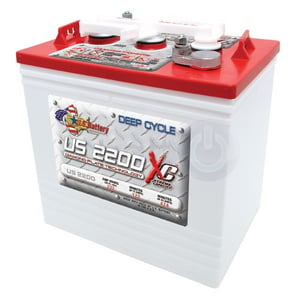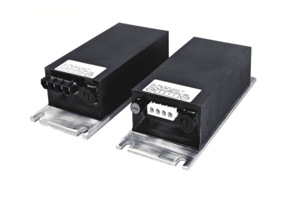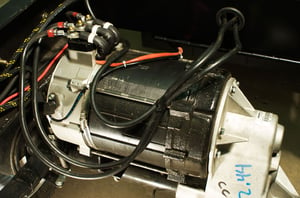The technical answer might be yes, but the best answer with safety in mind is a definite no!
We all may have friends or heard of people who have "souped up" their vehicles to travel at speeds exceeding 25, 35, or even 45 miles per hour. Of course there are many different methods to accomplish this. Reprogramming or changing controllers, altering the gearing ratio within the differential housing, changing the tire size, or other various options. And while it may seem easy enough to do, or more exciting to operate at a higher speed, you must remember that at any speed, safety is paramount.
You may wonder what difference it could make operating at slightly higher speeds, so here we can list several from the manufacturing point of view, on how the vehicle was designed:
- The chassis itself was designed for only a limited speed. The increase in speed can adversely affect joints and hardware with the added vibrations experienced at higher speed. Nobody wants a chassis to fall apart while operating.
- The controller is designed to output a certain amount of current for a given length of time. Just like you wouldn't operate your gasoline over the road vehicle with the pedal fully pressed for an extended time because the engine couldn't handle it, neither can your controller.
- The brakes are designed and built to slow down and stop the vehicle at the designed speed. Changing that speed could seriously cause a brake malfunction, or at a minimum cause premature brake wear.
- The gears, the hubs and even the tires are rated for top speeds. Premature wear caused by lack of the required increase in maintenance can cause failure.
- The vehicle is NOT crash safety tested for these higher speeds. Even what could be considered a slight crash could cause severe injury or even death to an occupant.
Even if you choose to ignore Federal and State regulations regarding motor vehicles, please don't ignore the safety reasons for keeping the speed of your vehicle at the designed settings.



